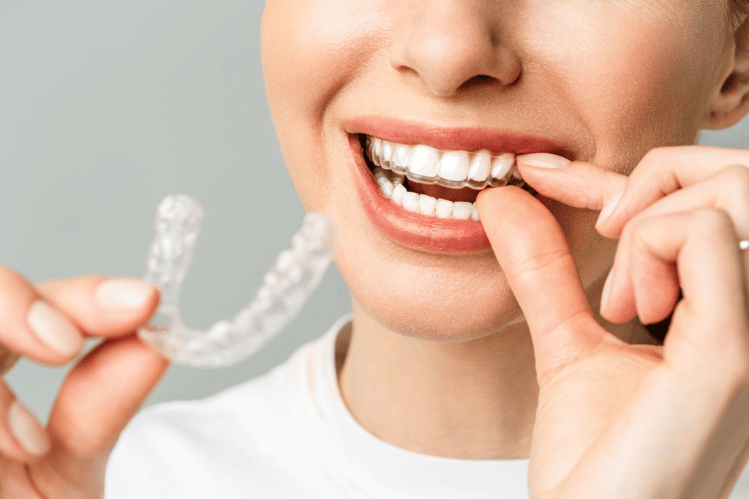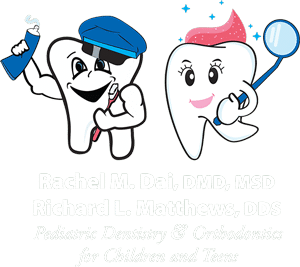What Does Legacy Orthodontics Mean?
The Facts About Legacy Orthodontics Uncovered
Table of ContentsThe 30-Second Trick For Legacy Orthodontics8 Easy Facts About Legacy Orthodontics Described7 Simple Techniques For Legacy OrthodonticsLegacy Orthodontics Can Be Fun For AnyoneThe Basic Principles Of Legacy Orthodontics

Their duty is crucial in aiding people accomplish far better dental health via orthodontic treatment. Broadening upon their foundational oral knowledge, orthodontists take part in additional education and learning and training, focusing solely on the field of orthodontic care. orthodontist. This customized training allows them to deal with misaligned teeth and jaws, boosting a person's smile and their bite for healthy, efficient feature
While general dental care addresses a large range of dental concerns, orthodontists focus on aligning teeth and lining up jaws. Orthodontists use a range of tools and home appliances, consisting of braces, clear aligners, and retainers to attain the best results. The partnership between the orthodontist and dental expert makes certain detailed treatment, where each professional's knowledge complements the other to improve people' oral well-being.
What Does Legacy Orthodontics Mean?

Dentofacial orthopedics concentrates on directing the development of the face and jaws, how the bones and cells of the face work with each other, and how they impact function and look. AAO orthodontists' expertise in dentofacial orthopedics permits them to efficiently fix malocclusions and keep an eye on jaw development in its onset. Ending up being an orthodontist is a tough yet fulfilling journey that calls for years of education, training, and devotion.
The following action is to attend an approved oral institution, which typically needs 4 years of research. Their education and learning finishes in a two to three-year orthodontic residency program that combines advanced coursework with hands-on professional experience treating clients under guidance. Orthodontists aid with issues like crowded or spaced teeth, abnormal attacks, and jaw issues.
These treatment strategies likewise outline what devices or orthodontic devices might be made use of. Orthodontists are thoroughly trained specialists renowned for their expertise in providing orthodontic and dentofacial orthopedic care. With over a decade of strenuous college and sensible experience, orthodontists stand as the sole specialists equipped to securely and efficiently address imbalances of teeth or jaws, fostering both aesthetic elegance and optimal performance for their individuals' braces smiles and overall dental wellness.
The Greatest Guide To Legacy Orthodontics
By picking an AAO orthodontist for your treatment, you are making sure that you get care from a professional with the expertise and experience to deliver the ideal feasible results. orthodontics.
What is the difference in between a dental professional and an orthodontist? To respond to an inquiry that is often asked, both dentists and orthodontists help individuals acquire far better dental wellness, albeit in different methods. It helps to bear in mind that dental care is a rather wide scientific research with different medical expertises. All dental experts, consisting of orthodontists, deal with the teeth, periodontals, jaw and nerves.
Orthodontists and dental professionals both offer oral treatment for individuals. Orthodontists can function in an oral office and use the exact same treatments as other dental experts. So you can think about both physicians that treat gum and teeth issues. The primary distinction is that becoming an orthodontist needs a particular specialized in dealing with the misalignment of the teeth and jaw.

Some Known Facts About Legacy Orthodontics.
This consists of all the necessary education and learning to come to be a general dental expert. According to the American Pupil Dental Organization (ASDA), it suggests you will certainly need to have either a Doctor of Medication in Dentistry (DMD) or a Medical Professional of Oral Surgery (DDS). Simply put, orthodontists need to complete dental college and after that acquire an orthodontics specialty education and learning.
Some orthodontists additionally obtain their masters in craniofacial biology. Lots of dental colleges provide restricted orthopedic training and guideline, which is why basic dentists need to go to orthodontic school after graduation. Orthodontic residency programs offer extensive training for this type of dental field of expertise. These programs concentrate on 2 details areas or self-controls: Dentofacial Orthopedics: This study concentrates on directing teeth and jaw development.
When you have completed your orthodontic training, you have the choice to acquire board accreditation. https://www.cheaperseeker.com/u/legacyortho. Orthodontists work with a certain set of dental problems, indicating they deal with imbalances in the teeth and various other associated abnormalities. Some of the conditions that they deal with include the following: Jaw misalignment Teeth that are too much apart Crowded teeth Overbites Underbites Uneven teeth As you can see, these are specific sorts of oral conditions aside from the typical problems general dentists manage
The 45-Second Trick For Legacy Orthodontics
The general objective of an orthodontist is to enhance an individual's bite. Not everyone is born with straight teeth, and an orthodontist will certainly make sure that clients obtain uniformly spaced straight teeth.
When you have a healthy and balanced bite, you can talk, chew and eat effectively, hence boosting your lifestyle - braces. Apart from the orthodontist, we frequently see assistants functioning with these oral specialists in their clinics. So, what is an orthodontist aide called? They're suitably understood as orthodontic assistants. They are specialized assistants, and are educated to deal with dental equipment and provide preventative dental medical care.